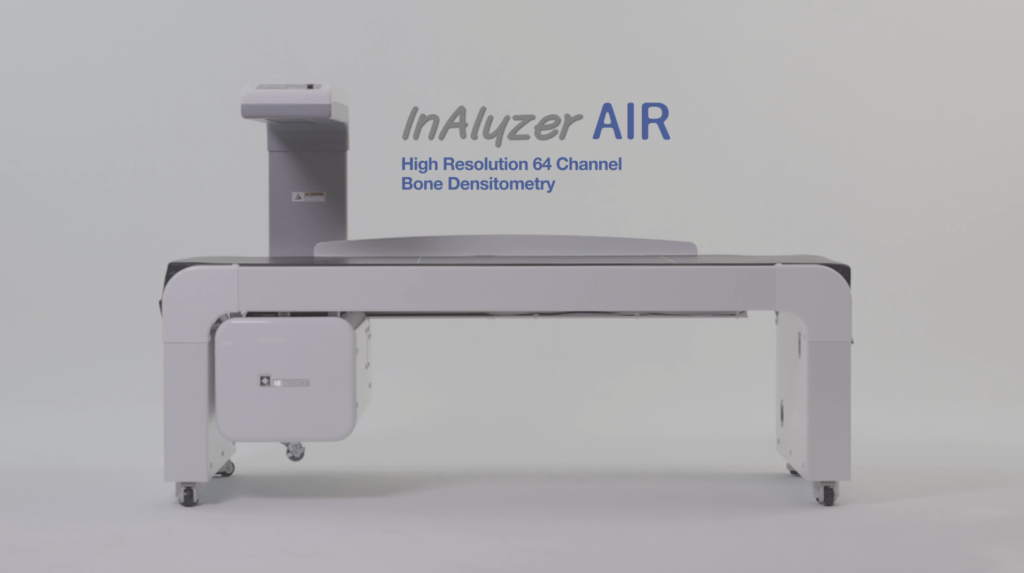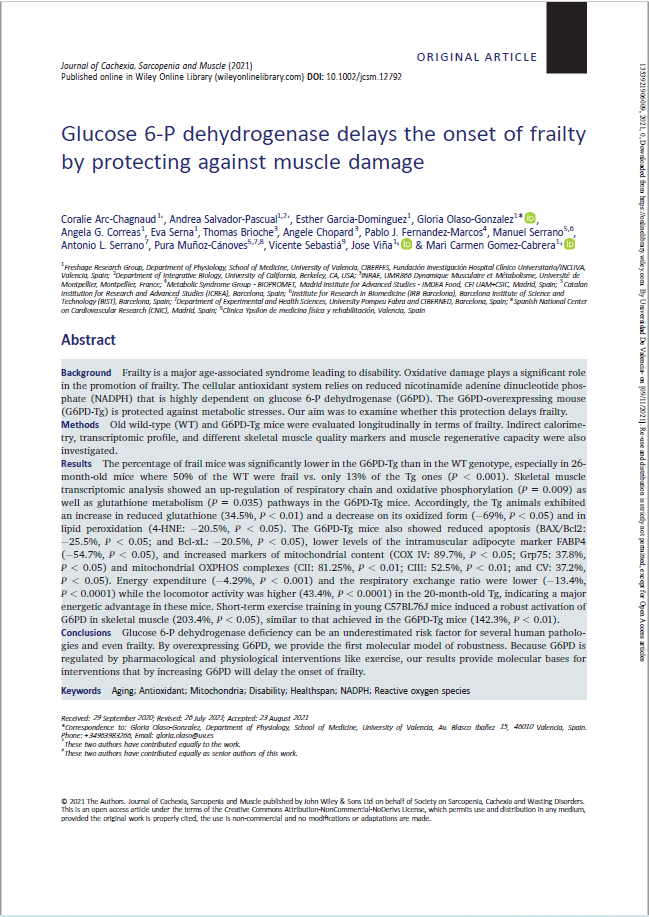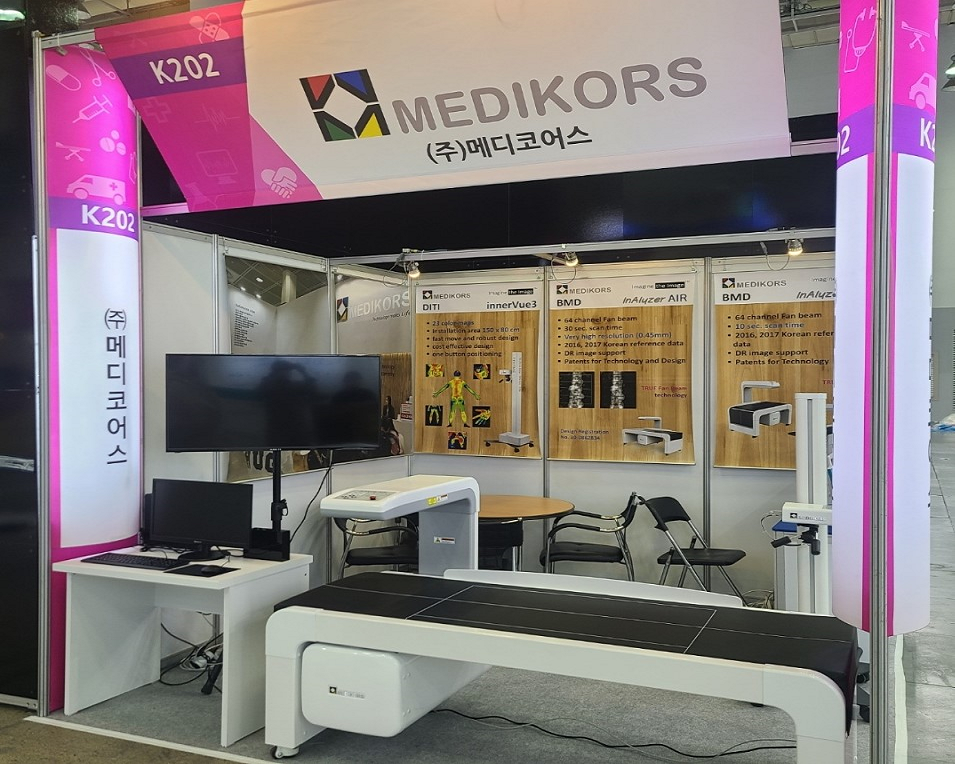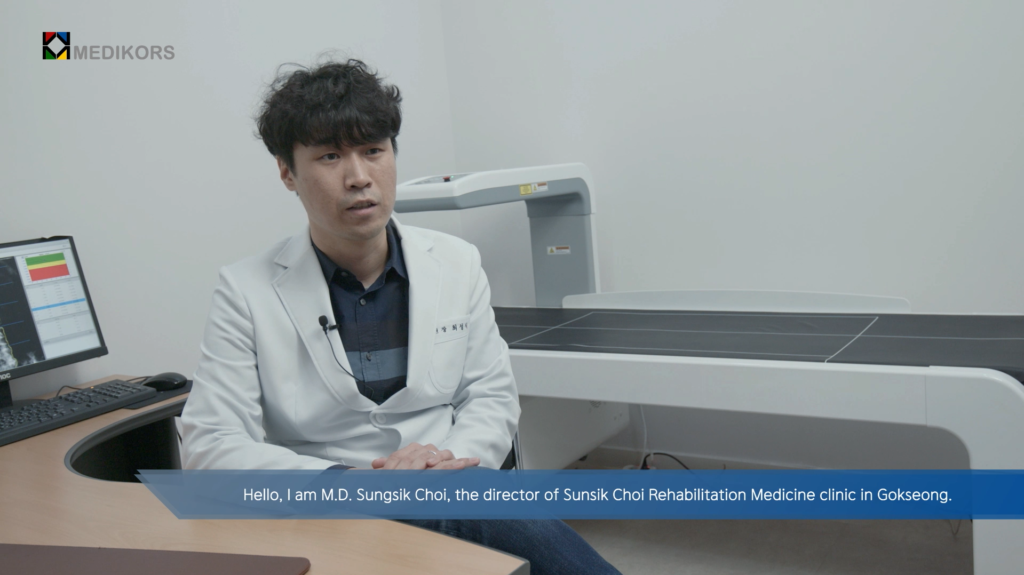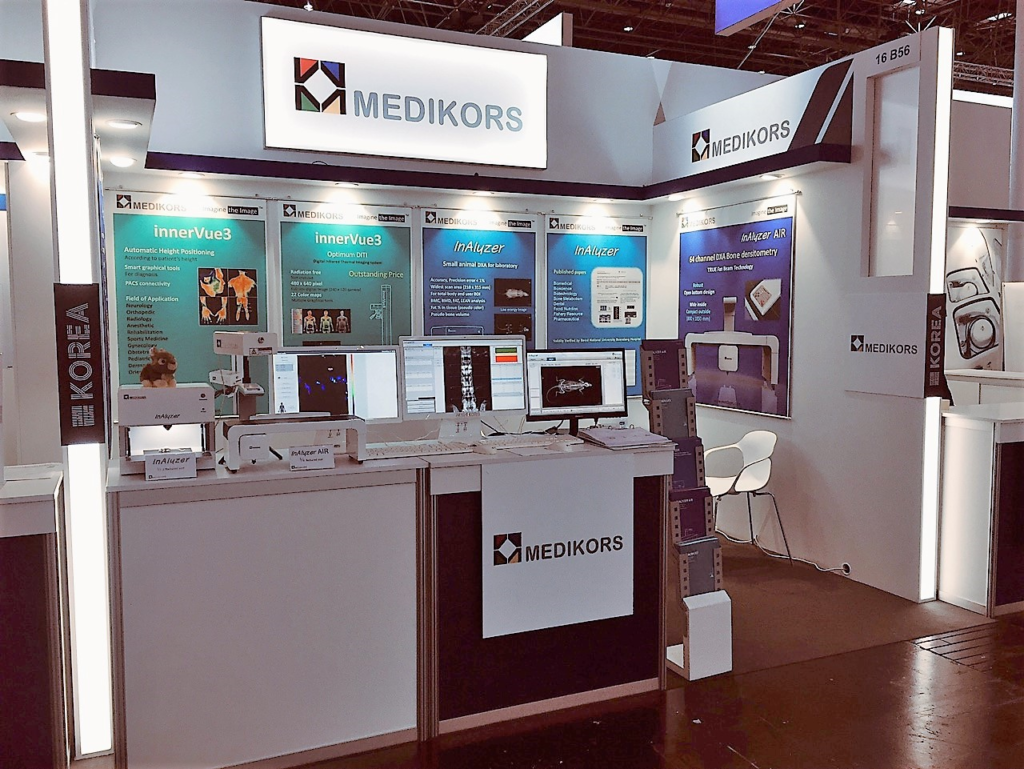
ABSTRACT
Objective: Skeletal muscle plasticity and remodeling are critical for adapting tissue function to use, disuse, and regeneration. The aim of this
study was to identify genes and molecular pathways that regulate the transition from atrophy to compensatory hypertrophy or recovery from
injury. Here, we have used a mouse model of hindlimb unloading and reloading, which causes skeletal muscle atrophy, and compensatory
regeneration and hypertrophy, respectively.
Methods: We analyzed mouse skeletal muscle at the transition from hindlimb unloading to reloading for changes in transcriptome and
extracellular fluid proteome. We then used qRT-PCR, immunohistochemistry, and bulk and single-cell RNA sequencing data to determine Mustn1
gene and protein expression, including changes in gene expression in mouse and human skeletal muscle with different challenges such as
exercise and muscle injury. We generated Mustn1-deficient genetic mouse models and characterized them in vivo and ex vivo with regard to
muscle function and whole-body metabolism. We isolated smooth muscle cells and functionally characterized them, and performed transcriptomics
and proteomics analysis of skeletal muscle and aorta of Mustn1-deficient mice.
Results: We show that Mustn1 (Musculoskeletal embryonic nuclear protein 1, also known as Mustang) is highly expressed in skeletal muscle
during the early stages of hindlimb reloading. Mustn1 expression is transiently elevated in mouse and human skeletal muscle in response to
intense exercise, resistance exercise, or injury. We find that Mustn1 expression is highest in smooth muscle-rich tissues, followed by skeletal
muscle fibers. Muscle from heterozygous Mustn1-deficient mice exhibit differences in gene expression related to extracellular matrix and cell
adhesion, compared to wild-type littermates. Mustn1-deficient mice have normal muscle and aorta function and whole-body glucose metabolism.
We show that Mustn1 is secreted from smooth muscle cells, and that it is present in arterioles of the muscle microvasculature and in muscle
extracellular fluid, particularly during the hindlimb reloading phase. Proteomics analysis of muscle from Mustn1-deficient mice confirms differences
in extracellular matrix composition, and female mice display higher collagen content after chemically induced muscle injury compared to
wild-type littermates.
Conclusions: We show that, in addition to its previously reported intracellular localization, Mustn1 is a microprotein secreted from smooth muscle
cells into the muscle extracellular space.We explore its role in muscle ECM deposition and remodeling in homeostasis and uponmuscle injury. The role of Mustn1 in fibrosis and immune infiltration upon muscle injury and dystrophies remains to be investigated, as does its potential for therapeutic
interventions.
Muscle regeneration, Mouse DXA, InAlyzer





